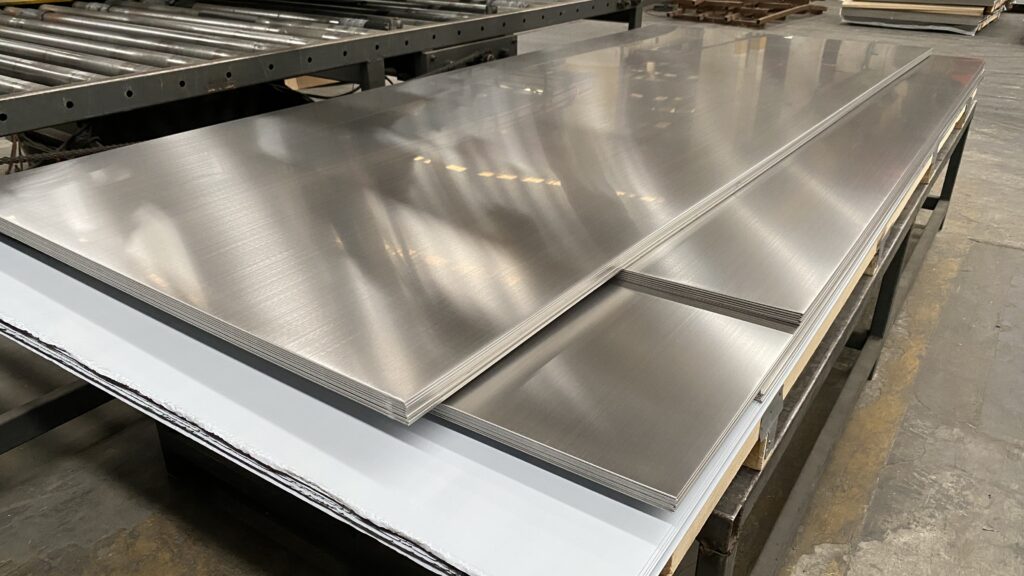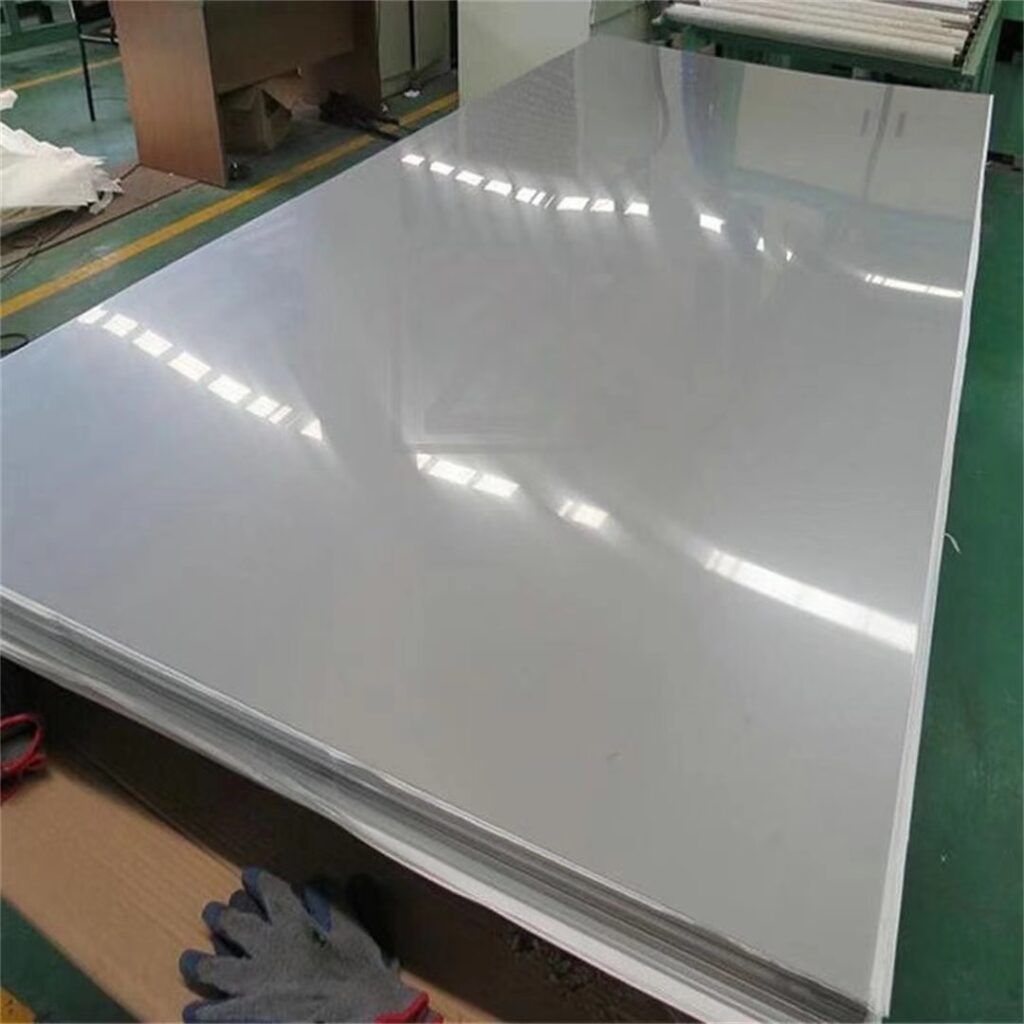Introduction
When it comes to choosing materials for various engineering and construction projects, 304 stainless steel stands out due to its remarkable properties. Understanding 304 stainless steel properties can significantly influence the success of your projects. This article delves into the essential characteristics, applications, and advantages of 304 stainless steel, providing you with the information necessary to make informed decisions.

What is 304 Stainless Steel?
304 stainless steel is one of the most commonly used stainless steel alloys, primarily consisting of iron, chromium (around 18%), and nickel (around 8%). This composition grants it excellent corrosion resistance, making it ideal for various applications, from kitchen appliances to industrial equipment.
Key Properties of 304 Stainless Steel
Corrosion Resistance
One of the most significant 304 stainless steel properties is its outstanding corrosion resistance. The high chromium content forms a protective layer on the steel’s surface, preventing rust and oxidation in a range of environments. This property is especially important in applications exposed to moisture or chemicals.
Mechanical Strength
Another crucial property is the mechanical strength of 304 stainless steel. It offers good tensile strength, making it suitable for structural applications. Its strength enables it to withstand significant loads without deforming or failing.
Formability and Workability
304 stainless steel properties include excellent formability and workability. This material can be easily molded, welded, and fabricated into various shapes, making it a popular choice for custom designs and complex projects.
Temperature Resistance
304 stainless steel exhibits remarkable temperature resistance. It can maintain its structural integrity and performance at both high and low temperatures, making it suitable for applications in diverse environments.
Hygienic Properties
In industries like food and pharmaceuticals, the hygienic properties of 304 stainless steel are vital. It is easy to clean and sanitize, making it an ideal choice for equipment that requires strict hygiene standards.
Aesthetic Appeal
Beyond functionality, the aesthetic appeal of 304 stainless steel properties is noteworthy. Its bright, polished finish is attractive and is often used in architectural applications to enhance visual appeal.
Cost-Effectiveness
Lastly, the cost-effectiveness of 304 stainless steel cannot be overlooked. While it may not be the cheapest material, its durability and low maintenance requirements lead to long-term savings.
Applications of 304 Stainless Steel
304 stainless steel is used in a wide array of industries, including:
- Food Processing: Equipment and containers where hygiene is paramount.
- Construction: Structural components and architectural features.
- Automotive: Exhaust systems and other components exposed to harsh environments.
- Medical Devices: Instruments and devices requiring sterilization.
Table: Comparison of Key 304 Stainless Steel Properties
| Property | Description |
|---|---|
| Corrosion Resistance | Excellent, suitable for various environments |
| Tensile Strength | High, suitable for structural applications |
| Formability | Good, easily fabricated and welded |
| Temperature Resistance | Maintains properties in extreme conditions |
| Hygienic Properties | Easy to clean, ideal for food and pharma |
| Aesthetic Appeal | Bright finish, enhances visual design |
| Cost-Effectiveness | Durable, low maintenance leads to savings |
Advantages of Using 304 Stainless Steel
Utilizing 304 stainless steel properties provides numerous advantages, including:
- Longevity: Its resistance to rust and corrosion ensures a long lifespan.
- Versatility: Applicable across various industries and projects.
- Safety: Non-reactive surface makes it safe for food contact.
- Sustainability: Recyclable material contributes to environmental responsibility.
Challenges and Considerations
While 304 stainless steel has many advantages, there are challenges to consider:
- Cost: It may be more expensive than other materials, which can impact project budgets.
- Welding: Requires specific techniques to maintain its properties during welding.
- Magnetism: 304 stainless steel is generally non-magnetic but can become slightly magnetic after cold working.

Conclusion
Understanding the key properties of 304 stainless steel is crucial for making informed decisions in various projects. Its exceptional corrosion resistance, mechanical strength, formability, and aesthetic appeal make it a preferred choice across multiple industries. Whether you’re involved in construction, food processing, or medical device manufacturing, 304 stainless steel properties will play a significant role in the success of your projects.
FAQ
What is the main difference between 304 and 316 stainless steel?
While both are austenitic stainless steels, 316 has molybdenum, which enhances corrosion resistance, particularly in marine environments.
Can 304 stainless steel be used outdoors?
Yes, it is suitable for outdoor use, but may require regular maintenance in harsh environments to prevent discoloration.
Is 304 stainless steel magnetic?
In its annealed state, it is generally non-magnetic but may become slightly magnetic when cold worked.
How can I clean 304 stainless steel?
Use a mild detergent and warm water, followed by a thorough rinse. For tough stains, consider specialized stainless steel cleaners.
What temperature can 304 stainless steel withstand?
It can perform well in temperatures ranging from -450°F to 1,200°F (-268°C to 649°C) without losing structural integrity.
Is 304 stainless steel safe for food contact?
Yes, it is widely used in food processing due to its hygienic properties and non-reactive nature.
How does 304 stainless steel compare to carbon steel?
304 stainless steel has better corrosion resistance and strength than carbon steel, but it is typically more expensive.
By understanding and leveraging the properties of 304 stainless steel, you can enhance the quality and longevity of your projects while ensuring safety and aesthetic appeal.
